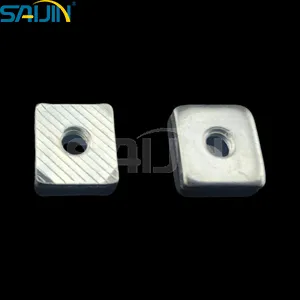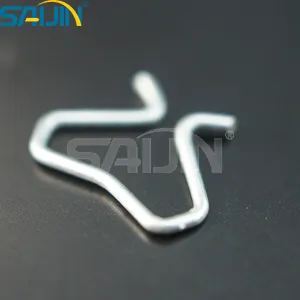"Differences in Shapes"
Rivets can be divided into flat head rivets, semicircular head rivets, countersunk head rivets, semicircular countersunk head rivets and tubular hollow rivets. From the perspective of use, there are boiler rivets, steel structure rivets and strap rivets.
"Material Difference"
Can be divided into silver rivets, copper rivets, steel rivets, aluminum rivets
In addition, such as R-shaped rivets, sector rivets, blind rivets (core blind rivets), tree rivets, flat head rivets, semi-hollow rivets and hollow rivets, etc. These rivets usually use their own deformation to connect riveted parts.
Among them, fan rivets are specially designed for manual installation, are suitable for making elastomer materials, and have good toughness; while plastic tree rivets have excellent insulation, fire protection, non-magnetic, heat insulation, light weight, high temperature resistance, high strength, Corrosion resistance and other characteristics, it is widely used in various industrial fields.
What are the functions of rivets?
"The Function of Rivets"
Mainly used to connect two parts (or components) with through holes. During the riveting process, the rivets fix the riveted parts through their own deformation or interference connection. They are typically used to join plastic enclosures, lightweight sheets, insulation, circuit boards, or any other thin, lightweight material. Not only are they beautiful and functional, they are also easy to use.
For example, round head square rivets are mainly used in riveting situations with large lateral loads; flat head rivets are used in riveting situations with normal loads; countersunk head rivets are mainly used in riveting situations with smooth surfaces and small loads.











